(Image credit: Arctic-Images/Getty Images)
Three months ago in the Icelandic capital of Reykjavík, hundreds of people queued outside the city’s largest swimming pool under the blueish glow of the midnight sun. As the date ticked over from Sunday 17 May to Monday 18 May, the excited crowd counted down until, at exactly 00:01, smiling staff unlocked the doors.
Instead of going to the pub or park, Icelanders like to gather in their local pool
The festive atmosphere outside Laugardalslaug pool was repeated around the city. The reason for the excitement was that Reykjavík’s public pools were reopening after eight weeks of closure due to the Covid-19 pandemic. The reopening had been announced a few days earlier on Facebook, where Reykjavík’s mayor, Dagur B Eggertsson, explained that the pools, which normally close between 22:00 and 06:30, would open early to ensure they could accept as many swimmers as possible while operating at half capacity, per Covid-19 precautions.
“Some people will be tired at work on Monday – but… first and foremost they’ll be clean and happy,” he wrote, adding: “See you in the pool!”
The pool at Hofsós, a small fishing village in the northern part of Iceland, has magnificent views towards the ocean (Credit: Feifei Cui-Paoluzzo/Getty Images)
The scenes were testament to the affection Icelanders hold for their public pools. Every Icelandic town, no matter how small, has a pool, or sundlaug. Most are outdoors, heated geothermally, include a hot tub and are open year-round, allowing Icelanders to enjoy their daily swim no matter the weather.
“Lounging around in swimming pools and hot springs is a national pastime,” said filmmaker Jón Karl Helgason. “Instead of going to the pub or park, Icelanders like to gather in their local pool to get fresh air, exercise and discuss world matters in the hot tub.”
Helgason grew up accompanying his father to the local pool daily. Now he’s working on a documentary, Swimming Pool Stories, due for release in October 2020, which examines the culture of public bathing as an important feature of everyday life. It may seem odd that visiting an outdoor pool is an ingrained part of a cold-climate country’s culture, but the pool is as much a social space as a place to exercise.
Every Icelandic town has a pool that serves a focal point for the community (Credit: Arctic-Images/Getty Images)
“[It’s] often the focal point in an Icelandic community,” said Helgason. “Everybody uses it, from small children to the elderly and everybody in between. Many Icelanders will go to the pool daily, either on their way to or from work. Schools will use the pools for teaching swimming, while the elderly can attend water aerobics classes and enjoy a chat and a coffee afterwards.”
You may also be interested in:
• Why Icelanders believe in elves
• The planet’s most extreme cuisine?
• The religion passed down from VikingsFilming has taken Helgason to 100 pools around Iceland, where he got to know the many different kinds of people who frequent them. “Guests come from all walks of life,” he said, “clergymen, writers, farmers, seamen, teachers, academics, labourers, politicians and celebrities.” Functioning as a meeting place for a cross-section of society can have a levelling effect, he believes; sitting in a pool semi-naked means that “all the trappings associated with class or wealth through one’s clothing are gone. Now you are who you are. Nothing more, nothing less.”
Records of public bathing in Iceland date to the 13th Century. In the west of the country, Snorralaug (Snorri’s Pool), a small circular pool used by Iceland’s most-celebrated literary figure, the saga writer Snorri Sturluson, is mentioned in Landnámabók (Book of Settlements) and Sturlunga saga. It was in the 20th Century, however, that pools became a fixture in everyday life, thanks to Iceland’s unique geology.
Snorri’s Pool is evidence that Icelanders used geothermal pools as far back as the 13th Century (Credit: Thomas H Mitchell/Getty Images)
“Following an unusually cold winter of 1918, the population was severely hit by the Spanish flu,” write University of Iceland professors Örn D Jónsson and Ólafur Rastrick in their analysis of Iceland’s pools. The combination of the pandemic and rising coal prices, due to the war, “had devastating effects on the already fragile economic conditions in many families”.
To counter the cost of imported coal and oil, which had been Iceland’s primary source of heating, the volcanic island began transitioning to alternative energy by harnessing its rich resources of geothermal power, which were soon used to heat newly built swimming pools, as well as homes. Today around 65% of Iceland’s energy supply is geothermal.
The emergence of the swimming pool was dependent not only on the availability of geothermal power but also, the researchers write, “on the national significance that became associated with swimming during the formative years of the Icelandic nation state”.
Reykjavík’s Laugardalslaug pool reopened in May after two months of closure due to Covid-19 (Credit: Nordicphotos/Alamy)
Iceland became a sovereign state in 1918 and achieved full independence from Denmark in 1944. During this period, attitudes towards swimming changed. There had previously been little emphasis on knowing how to swim, despite living on an island surrounded by the sea. However, as Iceland transitioned from a farming economy into a fishing nation, learning to swim became viewed as essential.
Lounging around in swimming pools and hot springs is a national pastime
Since 1940, swimming lessons have been mandatory for children. “It's such a big part of our lives,” said Brá Guðmundsdóttir, human resources manager for the Laugardalslaug and nearby Sundhöllin pools. “We start swimming with our kids when they are a few months old, then all the kids start lessons when they start school.” Weekly lessons, she said, are mandatory from the age of six until 16, when everyone is tested to prove they can swim 600m unassisted.
But beyond preventing drownings, swimming was elevated in the early 20th Century for what Jónsson and Rastrick describe as its “civilising effect”. It was related to the nationalist movement, Rastrick told me, “and, most specifically, the patriotic youth movement (Ungmennafélag Íslands) that promoted swimming… as a means to develop the physique of the members of the emerging independent Icelandic nation”. The link between medieval and modern Iceland was important for the nationalist movement, he added, so this emphasis on physical improvement linked “the bodies of modern Icelandic men to the heroes of the sagas”.
The secret to Icelandic happinessIn 1937, the Art Deco Sundhöllin (the “Swimming Palace”), Iceland’s oldest public baths, opened in Reykjavík, and, write Jónsson and Rastrick, “was seen as one of the most impressive symbols of the nation’s self-respect”. If the emergence of swimming in Iceland helped to foster the newly independent nation’s confidence, it’s a transformation that is repeated on a smaller scale every day in the pool as the warm water helps shed the typically reserved Icelanders’ inhibitions.
“Icelandic winters are long, cold and dark and our summers are not particularly warm either,” Helgason said. “This means we’re always heavily dressed, we drive between locations and there’s little opportunity for leisurely downtown strolls or public socialising outdoors. All of this makes for a nation that is reserved by nature. However, once we’ve stripped off those layers of clothing and entered the hot tub, we become chatty extroverts.”
That the pool fosters health in mind and body, as well a sense of equality, might be key to why Iceland regularly ranks as one of the world’s happiest countries. In his research, Jónsson asked people how they felt after visiting a pool. Almost all responded that they felt “revitalised”, in both body and soul. He added, however, that “there is very little exotic here, only a quest for comfort [that’s] affordable for everyone”.
The 25m Seljavallalaug thermal pool in southern Iceland is one of the oldest pools in the country (Credit: Amanda Richter/Getty Images)
Jónsson also found that pool-goers usually don’t become close friends, “and that is probably the 'secret’ of the popularity of visiting the pools”. He describes the “thrown-togetherness” of gathering in public places as a “get-together without obligations” – much like being pleased to see fellow regulars at the local pub but without feeling the need to form deeper friendships with them.
Once we’ve stripped off those layers of clothing and entered the hot tub, we become chatty extroverts
The pool may be an essential feature of the local community, but visitors are always welcome as long as they respect etiquette. Little chlorine is used in order to maintain the purity of the water, so one of the most important rules is to first thoroughly wash, without a swimsuit, in the communal changing room. The lack of privacy can make foreign visitors uncomfortable, but it’s perhaps another example of the breaking down of barriers that the pool facilitates.
Many also talk of the positive effect of seeing “real” bodies in their imperfect flesh – a sentiment I recognise. When I lived in Iceland in the mid-2000s, unable to sleep in the bright summer light, I developed an early morning ritual of visiting the local pool. Surrounded by women of all ages and shapes, I felt the insecurities that come with being a young woman washed away in the communal shower.
Today, having effectively beaten back the virus, all restrictions have been lifted at Iceland’s beloved pools. The country is now also reopening to tourism. For those who visit, Helgason recommends a pool visit, because, he says, “there’s no better way to get in touch with the nation”.
Swimming is a huge part of Icelandic culture, and swimming lessons have been mandatory for children since 1940 (Credit: Alex Walker/Getty Images)
Wednesday, February 09, 2022
An Icelandic ritual for wellbeing
Subscribe to:
Post Comments (Atom)
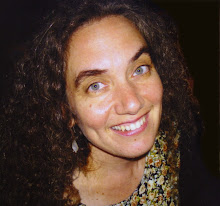




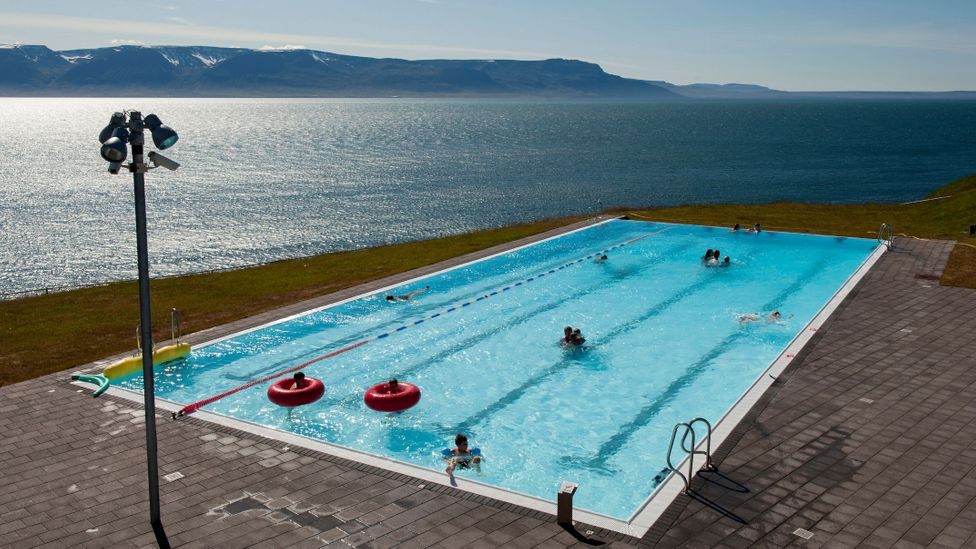
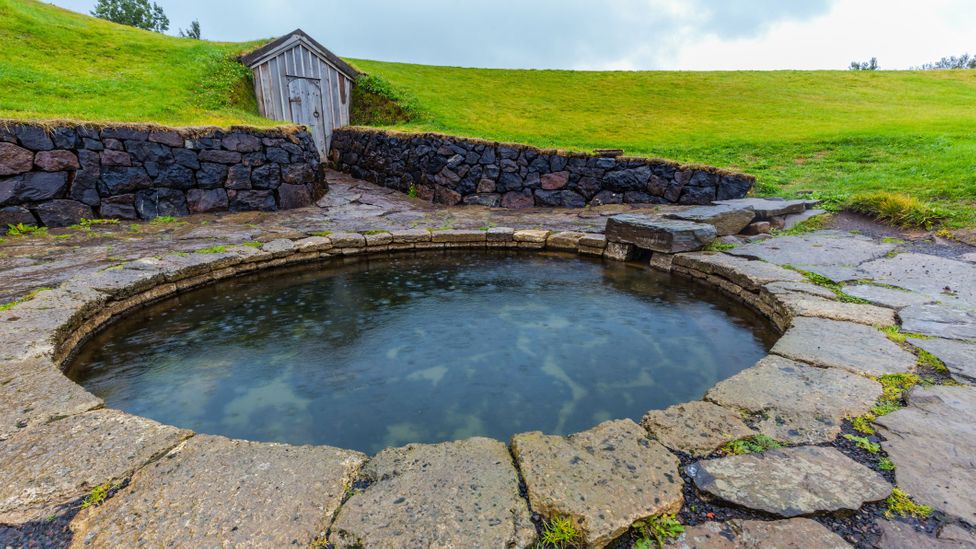
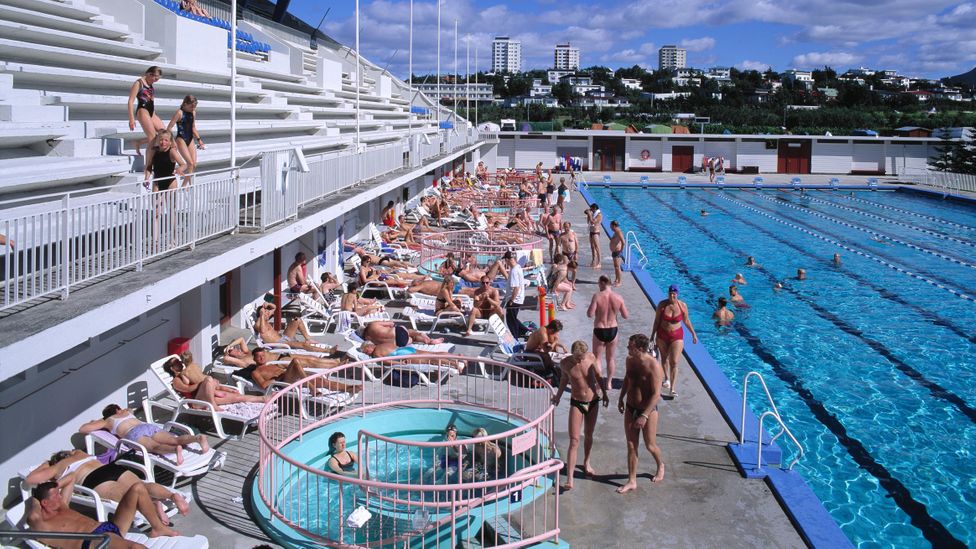
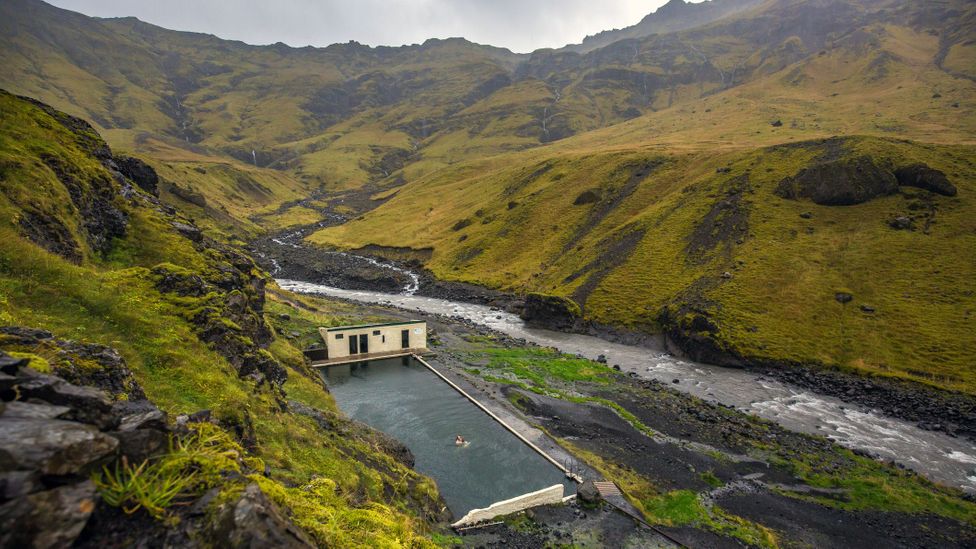
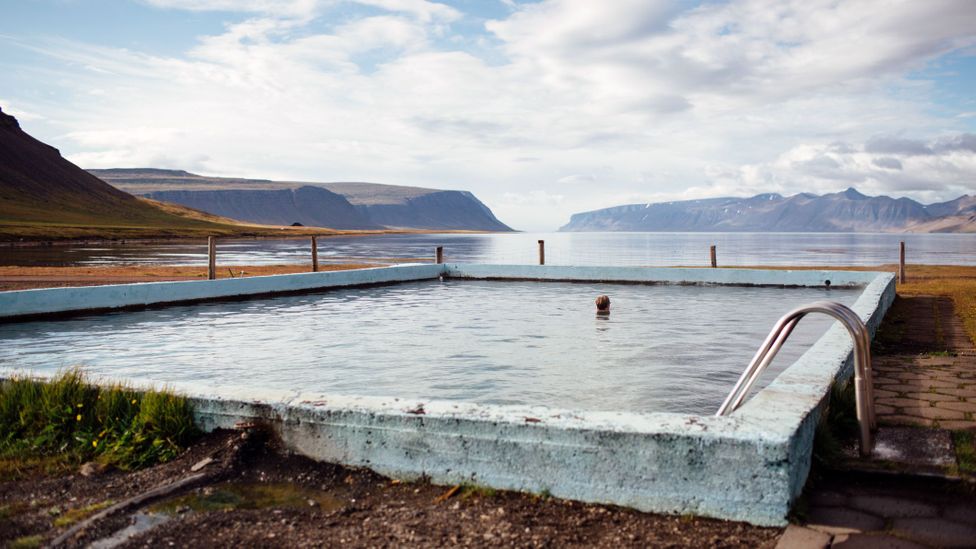
No comments:
Post a Comment